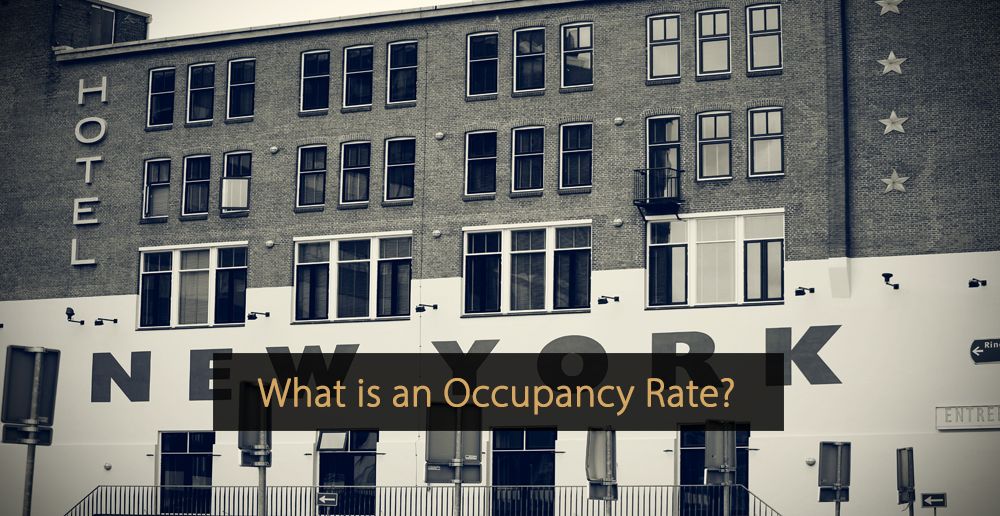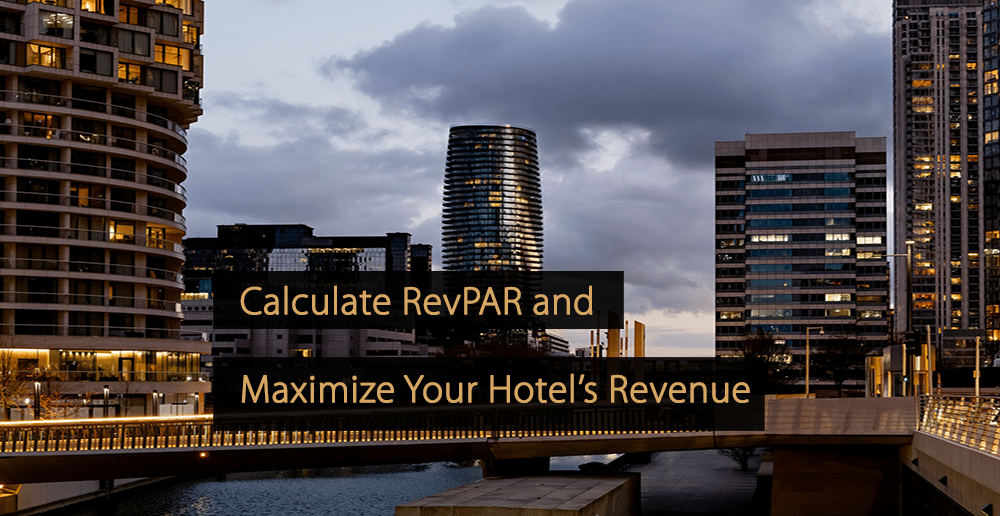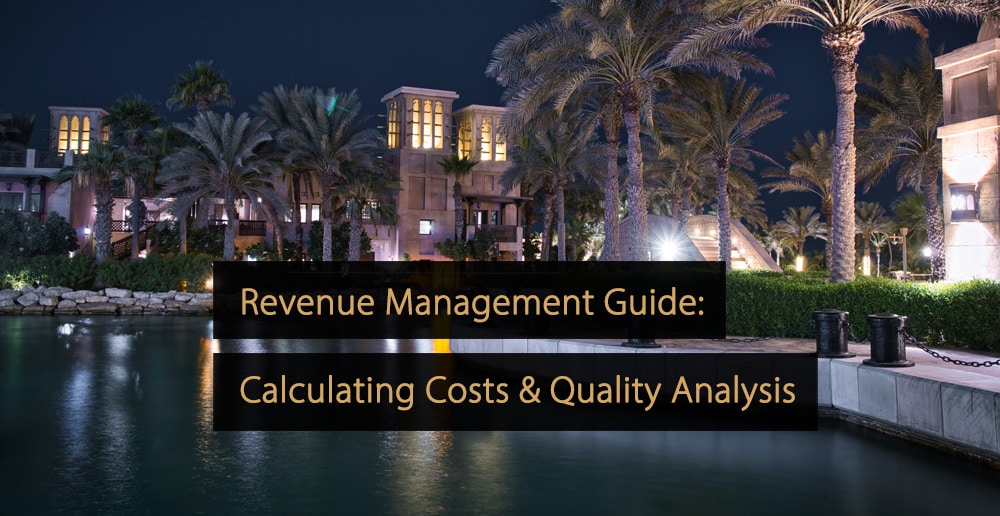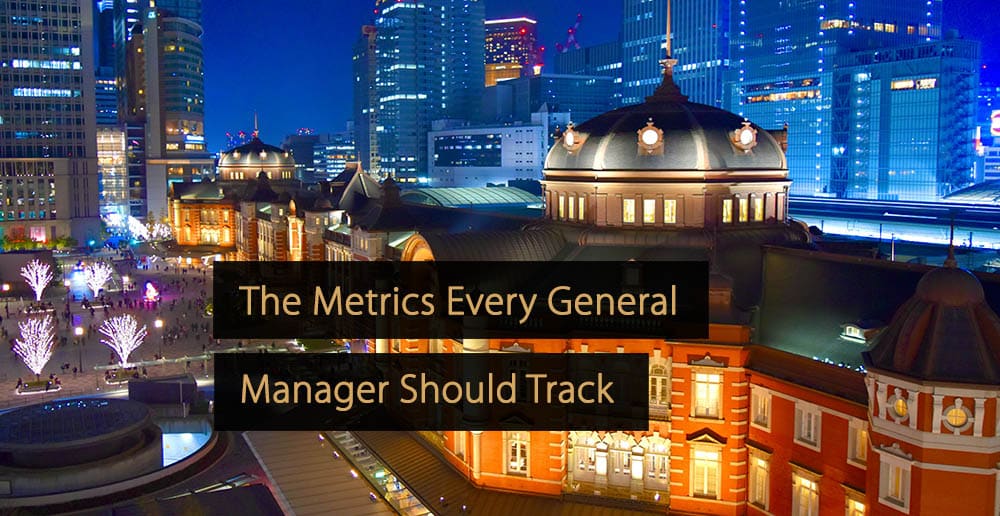Occupancy rate is a KPI used by those within the hotel industry to assess a hotel’s performance. As a metric, it is concerned with the percentage of a hotel occupied, and can be used alongside other KPIs, such as ADR (average daily rate) and RevPAR (revenue per available room), as part of a revenue management strategy.
Table of Contents:
- What Does the Occupancy Rate Stand for?
- What Influences the Hotel Occupancy Rate?
- How to Calculate Occupancy Rate
- How to Use Occupancy Rate
- Strategies to Maximize Occupancy Rate in Hotel Revenue Management
- More Revenue Management KPIs
What Does the Occupancy Rate Stand for?
In simple terms, occupancy rate refers to the number of occupied rental units at a given time, compared to the total number of available rental units. It is one of the most popular KPIs in the hotel industry for revenue management, highlighting how much of the available space in a hotel is being utilized.
The occupancy rate of a hotel is expressed as a percentage. So, for example, if a hotel has 100 rooms available to be sold and 100 of those rooms are occupied, the occupancy rate would be 100 percent. If the same hotel had 60 rooms occupied, the occupancy rate would be 60 percent.
What Influences the Hotel Occupancy Rate?
In addition to understanding what an occupancy rate is and how it is calculated, you also need to understand what influences it. So what is an occupancy rate impacted by? Larger hotels are generally more difficult to fill, while an increase in competition in the area might adversely impact demand for your hotel. Your occupancy rate could also be negatively impacted by high prices or wider trends, such as times of economic turmoil.
By contrast, a number of factors can also positively influence your hotel occupancy rate. As an example, the emergence of new attractions in the local area could draw in more visitors, while nearby events can also increase demand. Low prices, special offers, new hotel facilities and better marketing could also all improve your occupancy rate.
How to Calculate Occupancy Rate
The occupancy rate KPI can be calculated with the following formula:
Occupancy Rate = Number of Occupied Rooms / Total Number of Available Rooms
Example: If your hotel has 220 rooms and 210 of the rooms are occupied:
210 / 220 = 0.95 = 95 percent occupancy rate
How to Use Occupancy Rate
Occupancy rate is often considered one of the top three most useful metrics for hotel owners carrying out a revenue management strategy, alongside average daily rate and revenue per available room. With that being said, it has some limitations as a KPI, so it is important to understand how to read it effectively.
Generally speaking, those working in the hotel industry should aim for a high occupancy rate, which indicates that space is being used efficiently. However, it should be used with other metrics, because the goal is to maximize revenue, not occupancy rate.
While a 100 percent occupancy rate is desirable, hotel owners may have to lower rates to achieve it. Therefore, there could be instances where hotels can make more money from an 80 percent occupancy rate than a 100 percent occupancy rate if the 80 percent are paying higher prices. For this reason, the occupancy rate should always be viewed in context alongside the average daily rate and revenue per available room.
Strategies to Maximize Occupancy Rate in Hotel Revenue Management
It can be beneficial to use tried and tested strategies to boost the occupancy rate in your hotel. In the sections that follow, you can learn about some of these strategies and why they can improve this key metric.
1. Competitive Offers
Your hotel occupancy rate can be boosted through the intelligent use of offers that help you to remain competitive. What is an occupancy rate boosting special offer? Examples range from a simple discount on hotel rooms to discounted access to a local attraction, free meals, or the inclusion of additional services along with the room.
2. Enhanced Guest Experiences
One of the best ways to boost your occupancy rate is to focus on guest experiences. After all, guests who enjoy their stay may recommend your hotel to others or leave positive reviews. Make sure you personalize hotel services as much as possible and pay attention to small details that can improve customers’ stays. Prioritize hygiene and cleanliness, train staff to deliver great customer service, and look for ways to minimize friction throughout the customer journey.
3. Capitalize on Loyalty Programs
Customer loyalty programs are designed to encourage repeat business, and capitalizing on this demographic of past customers can help you to fill rooms at times when demand may be low. Offer your loyal customers clear reasons to keep coming back, from discounts or free upgrades to access to member-only facilities or services.
4. Attract Bigger Groups
If you focus on the question of ‘what is an occupancy rate?’ the emphasis is on occupied rooms rather than the number of guests. Therefore, you may be able to boost your occupancy rate by focusing on bigger groups, where people are likely to want to book multiple rooms. Hosting business conferences, weddings, and Christmas parties are just some examples of ways you can attract large groups of people who may want to book multiple rooms.
Occupancy Rate and Other Revenue Management KPIs
More Revenue Management KPIs
KPI stands for Key Performance Indicator. With KPI, you can measure and identify areas of success and failure and trends related to demand and customer behavior. Besides Occupancy, other important Revenue Management KPIs are:
- What Is RevPAR?
- What Is RevPOR?
- Hotel KPIs explained: ADR, REVPAR and GOPPAR
- What is an Occupancy Rate?
- What does EBITDA stand for?
- NRevPAR Clearly Explained!
- What is ARPA?
- What is TRevPar?
- RevPAR versus GOPPAR
More Tips to Grow Your Business
Revfine.com is the leading knowledge platform for the hospitality and travel industry. Professionals use our insights, strategies, and actionable tips to get inspired, optimize revenue, innovate processes, and improve customer experience.Explore expert advice on management, marketing, revenue management, operations, software, and technology in our dedicated Hotel, Hospitality, and Travel & Tourism categories.
This article is written by:
Hi, I am Martijn Barten, founder of Revfine.com. With 20 years of experience in the hospitality industry, I specialize in optimizing revenue by combining revenue management with marketing strategies. I have successfully developed, implemented, and managed revenue management and marketing strategies for individual properties and multi-property portfolios.









Interesting article! I’m always looking for ways to improve my revenue management practices. Thanks for sharing!